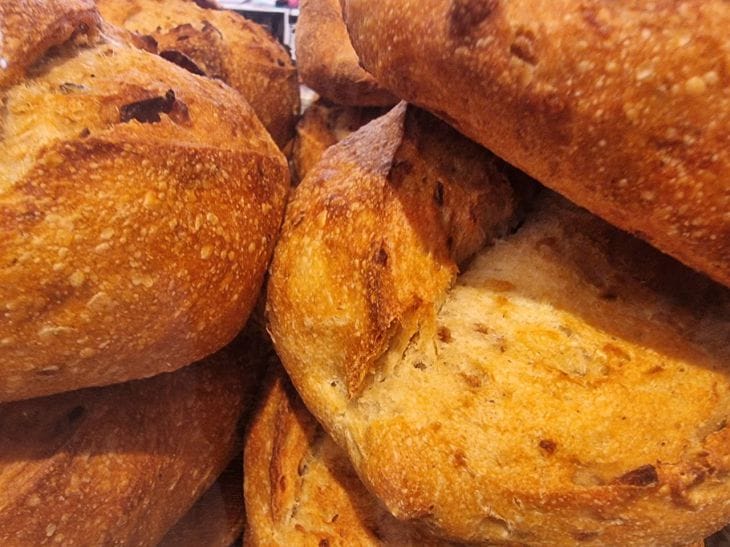"The skin is the new black truffle," Blue Hill chef Dan Barber told The New York Times .
And this is not a metaphor. Instead of a trash can, Michelin-starred chefs use potato, carrot, and even banana peels to create dishes that cost hundreds of dollars.
Technologist Elena Semenova from the Moscow restaurant Selfie revealed the secret:

"Beetroot peels roasted in honey and rosemary make a crispy garnish for steaks.
And from potato peelings we make chips, which we serve with truffle aioli." Food & Wine magazine conducted an experiment: the peelings from 2 kg of vegetables were dried, ground into powder and added to bread dough.
The result? "A sourdough-like aroma and a moist texture," wrote a reviewer.
But the real breakthrough was made by chef Massimo Bottura of Osteria Francescana . In the documentary Chef's Table, he showed how he turns onion skins into a "golden broth":
"I roast the scrapings with olive oil until charred, then simmer for four hours. It gives a smoky flavor, like pheasant stock."
Blogger Igor from the YouTube channel Zero Waste Kitchen repeated the recipe:
“I collected the peels over the course of a week, smoked them on the grill, and got a ramen broth that my friends compared to an expensive dish!”
Scientists from the Journal of Agricultural and Food Chemistry confirmed:
"The peel contains 30% more antioxidants than the flesh. For example, the concentration of potassium in potato peels is 5 times higher."
The most unexpected life hack came from Japanese chefs. At the Narisawa restaurant, banana peels are fermented with soy sauce, creating an umami paste.
"We add it to pasta sauces—it replaces anchovies," chef Yoshihiro Narisawa told Culinary Backstreets .
User Anna from the social network Eco-food shared:
"I poured water and sugar over apple peels, and a week later I got vinegar. Now I dress salads with it - it tastes like balsamic vinegar!"
But the main discovery was made by chemists. The Waste and Biomass Valorization study states:
"Pumpkin skin contains pectin, which acts as a natural thickener. If you dry it and add it to a pureed soup, you don't need flour."
Chef Anna Kovalchuk from the Beluga restaurant checked:
“I replaced the starch with pumpkin powder - the soup became thicker, and guests asked for the recipe.”
Blogger Max from the Telegram channel Gastronomic Alchemist wrote:
"I mixed carrot peels with salt and pepper to make popcorn seasoning. It tastes like the expensive store-bought stuff!"








